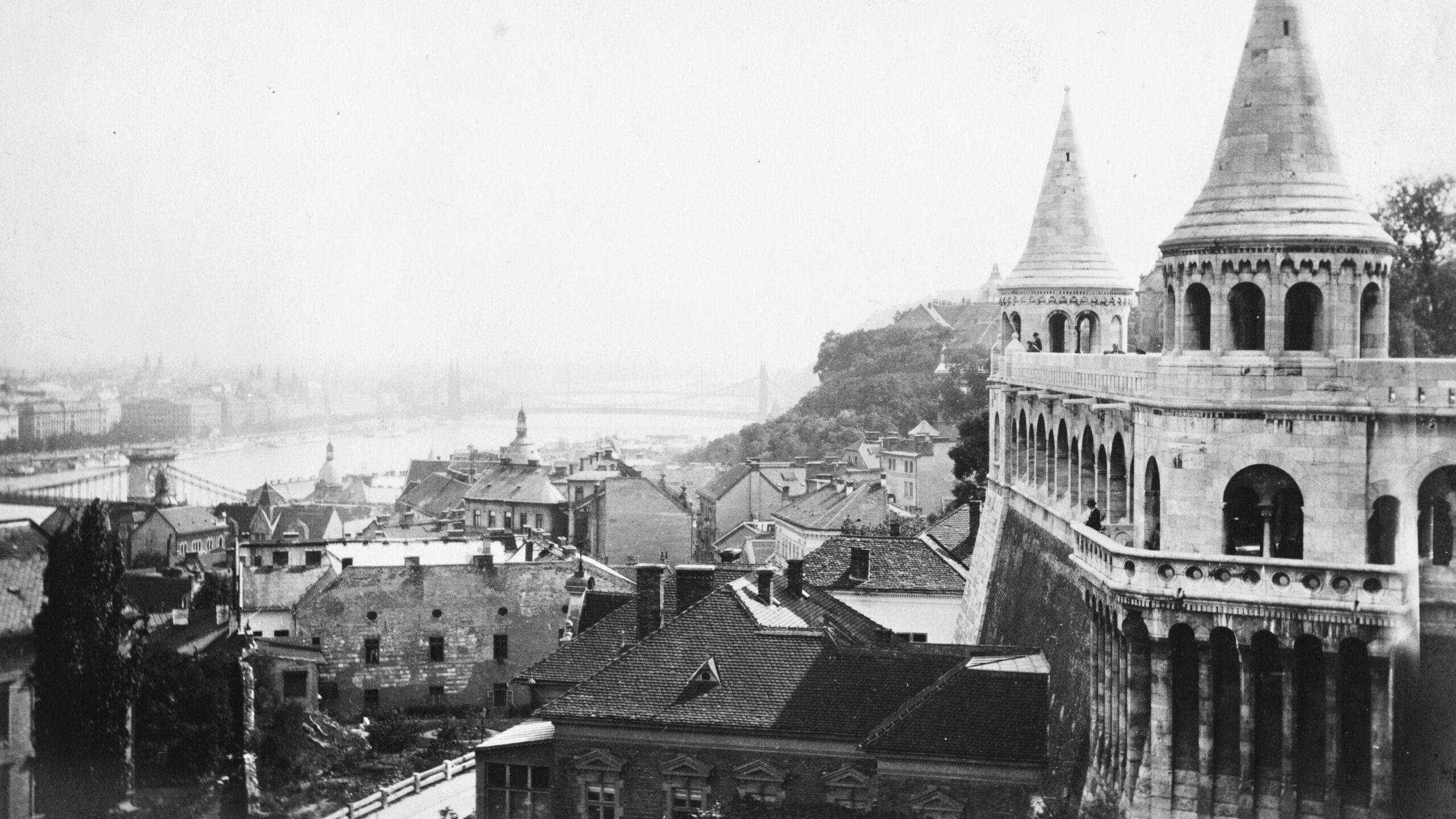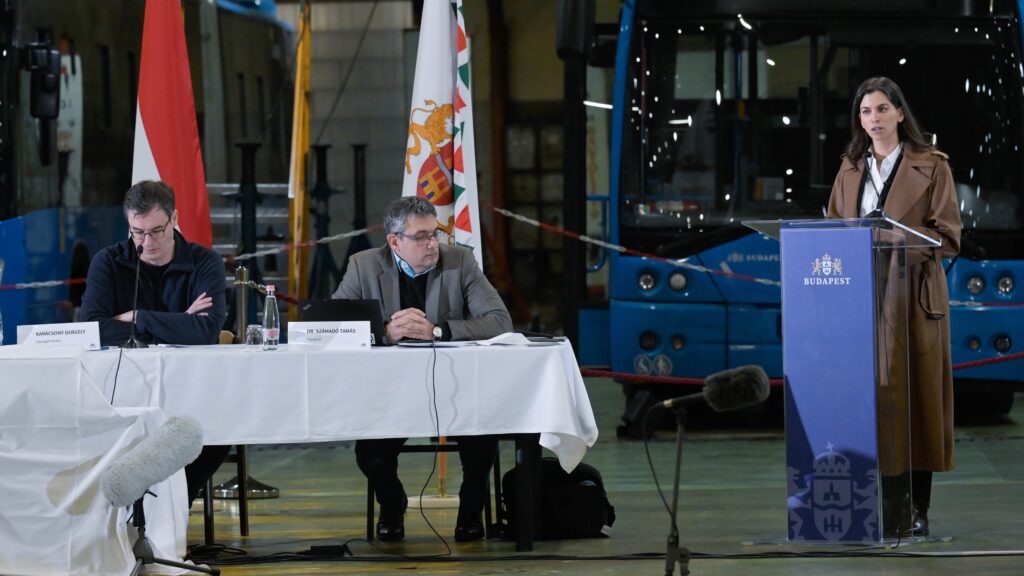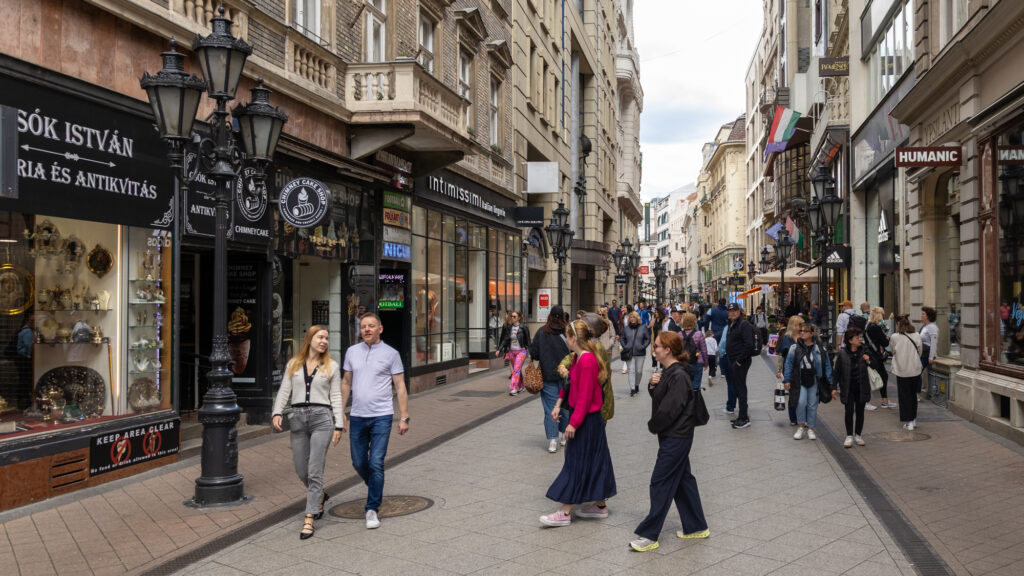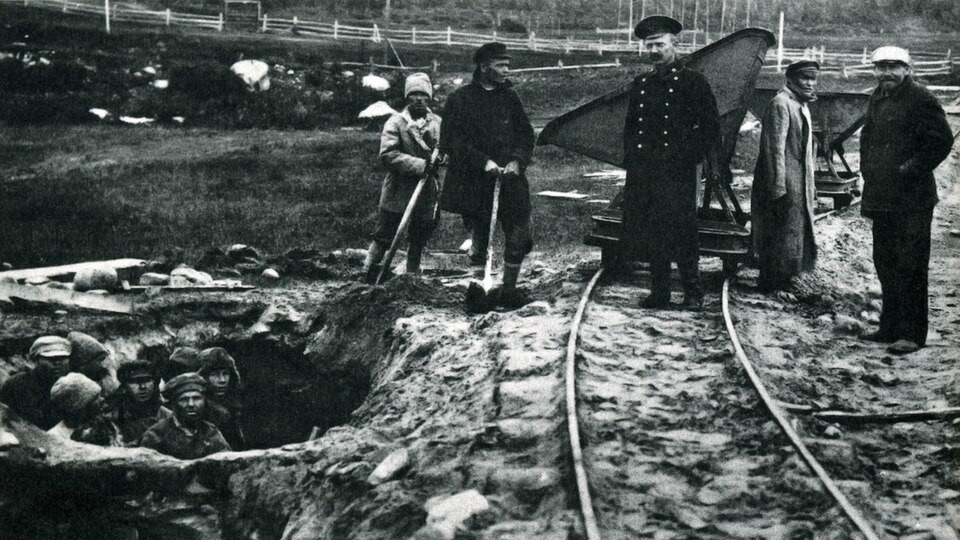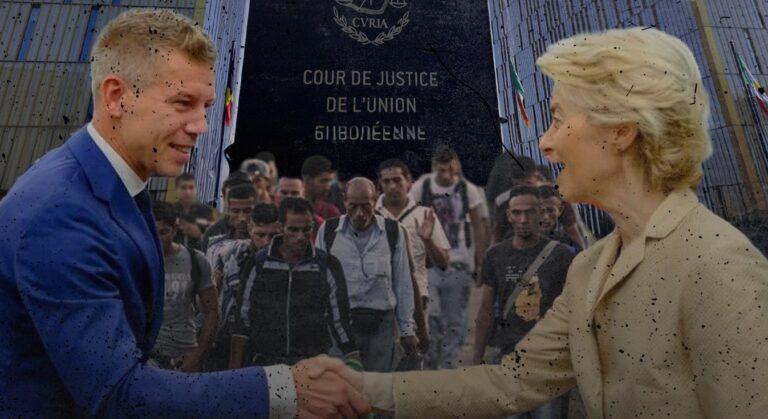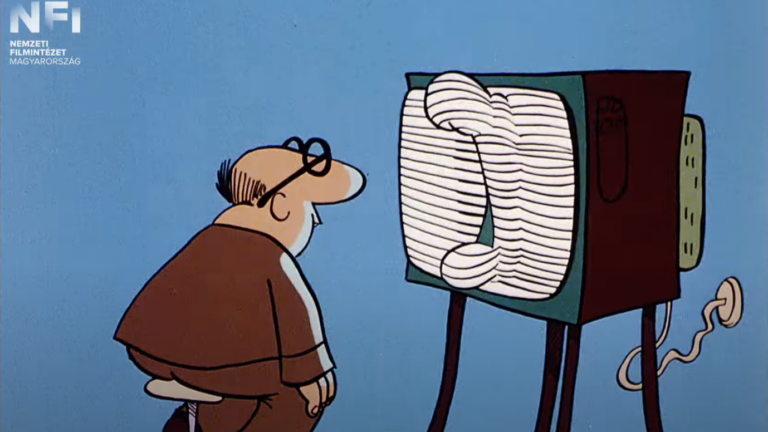After the communist Council Republic took power on 21 March 1919, the short-lived dictatorship introduced state violence against its own populace and revolutionary terror. We have already described the first events of the Communist dictatorship in District I of Budapest in an earlier article. Here, we will focus on the events of the Red Terror in District I, largely centred around the Buda Castle.
One of the first murders of the Red Terror—and in fact a double murder—is linked to District I. On the night of 22–23 April 1919, Sándor Hollán Sr, retired state secretary, and Sándor Hollán Jr, state secretary and director of MÁV, were abducted from their apartment on Pauler Street. The two men were dragged to the Chain Bridge and then shot in the back of the head by members of a communist terror squad—squad leader Andor Endre Lázár and Sándor Mészáros—and their bodies were thrown into the Danube. The motivation for the killings beyond the victims’ social status is unknown, though some speculated that Lázár had personal grievances. It appears certain that housekeeper József Karsai incited against the Holláns in the days preceding the murders. After the fall of the Commune, Lázár fled to Vienna and later lived in the Soviet Union, reportedly falling victim to a purge. Mészáros and Karsai were later tried in a criminal case against the notorious terrorist József Cserny.
The verdict stated that József Cserny ‘as commander of a terrorist squad conspired to commit murder in order to maintain the council republic, provided the members of the squad with general instruction that bourgeoisie are not to be spared and must be killed, and through his conduct, statements, encouragement, praise, urging, and approval, kept them in a constant mental and physical state ready for murder, equipped with weapons suitable for killing.’ The ruling continued: ‘Through his general conduct on the evening of 22 April 1919, in Budapest, the well-known terrorist Lázár…deliberately persuaded the terrorist Mészáros and other to murder Sándor Hollán Sr and Sándor Hollán Jr, who were included on the list of hostages, using statements such “this is the scoundrel, finish him off!” and “you know what to do!”…’
Sándor Mészáros was sentenced to death and executed in December 1919. József Karsai received a five-year prison term and was released on pardon in 1922. The martyred father and son could find no peace even in death. In November 1919 a memorial plaque was erected for them, which was destroyed in 1946. In 2009 a new plaque was installed, but later that year it was doused with red paint and stolen. In 2011 the memorial was restored with its original inscription.
The collection of weapons was a recurring topic at the Workers’ Council meetings, based on the assumption that Buda was inherently reactionary and could serve as a base for a ‘counter-revolution’. One participant even stated: ‘In this district, the bourgeoisie hold an extraordinary number of weapons. It is truly fortunate that it did not occur to them to attack the proletariat, for they would have had enough firepower to do so.’
On 22 June, however, a ‘counter-revolution’ did break out in Buda, triggered by an incident connected to a Feats of Corpus Christi procession. It should be clarified that this event does not appear to be the same as the widely remembered case in which a young communist named Leo Preisz or Reisz allegedly spat on the Eucharist during a procession held in Buda Castle. That incident, which caused a scandal even at the communist National Assembly of Councils, led to the young man being sentenced to six months in prison for posing as a Red soldier and behaving provocatively; according to contemporary reports, he did not spit on the Eucharist and was considered mentally unstable.
The June 22 incident in Krisztinaváros had a similar genesis: a Corpus Christi procession took place along the route from Krisztina Boulevard through Mikó Street and Pauler Street to Alagút Street, returning to the Krisztina Boulevard church. The event had been officially reported to the District I Workers’ and Soldiers’ Council and was secured by the Red forces.
‘I die for my homeland’
According to recollections, the communists allegedly present at the procession insulted it, spitting on the ground, which many in the crowd perceived as a provocation. The crowd began singing the Hungarian National Anthem, the Himnusz, and red flags were thrown down from several buildings, including those on Alagút Street. Sources indicate that participants from the Castle also joined the counter-revolutionary gathering concentrated at Krisztina Square, while part of the Red forces setting out to suppress it departed from the guardrooms on Fortuna Street. Those apprehended by the authorities were arrested and taken to the Parliament building, where Cserny’s terrorists were stationed. The demonstration resulted in a fatality: Artúr Dénes, born into a Jewish family and reportedly conducting the Himnusz with his cane, was fatally shot by a Red Guard. He was transported in critical condition to a hospital, where he died of his injuries on the 23rd. His alleged last words were: ‘I die for my homeland.’ The bullet that killed Dénes also wounded the teacher Adrienne Barabás, who was standing behind him.[1]
The ‘counter-revolution’, which was more a series of accidents and misunderstandings than an organized uprising, and to which the Communist state responded with the brutality of a dictatorship, was discussed multiple times in the District I Workers’ Council. Simai, the ‘chairman’, noted that it was a mistake to think the district council had waited idly for the counter-revolution—he personally observed the situation at Matthias Church, which appeared very serious, and immediately reported to the Red Guard headquarters along with the district command that the situation was dangerous, but no action was taken.
Two days later, a ‘counter-revolution’ also broke out at the Ludovika Military Officer Training Academy, and the clashes there likewise claimed a victim from District I: According to council records, Béla Löwy, a member of the District I Workers’ Council, fell victim to the ‘counter-revolution’. On 24 June the so-called ‘Monitor Rebellion’ erupted, when units of the Danube flotilla opened fire on the ‘Soviet House’ by the river, which housed the leaders of the Council Republic. Return fire ensued, and one shot nearly killed Alajos Hauszmann, the legendary architect of the Buda Castle. ‘At that moment, a bullet broke through the window and flew over my head. A few centimetres lower and it surely would have struck me,’ he wrote in his diary, at the time living on Döbrentei Street. The events in District I during the Hungarian Soviet Republic give a very good account of how fear, miscommunication, and ideological zeal combined to ignite violence and unrest in even the most local settings. From armed requisitions to fatal clashes over religious processions, the communist Council Republic’s heavy-handed responses reveal the fragility of order under a revolutionary dictatorship.
[1] Biró Aurél, Proletárdiktatúra a Krisztinavárosban, Pápa, Jókai Mór Városi Könyvtár, 2020.
Related articles:

